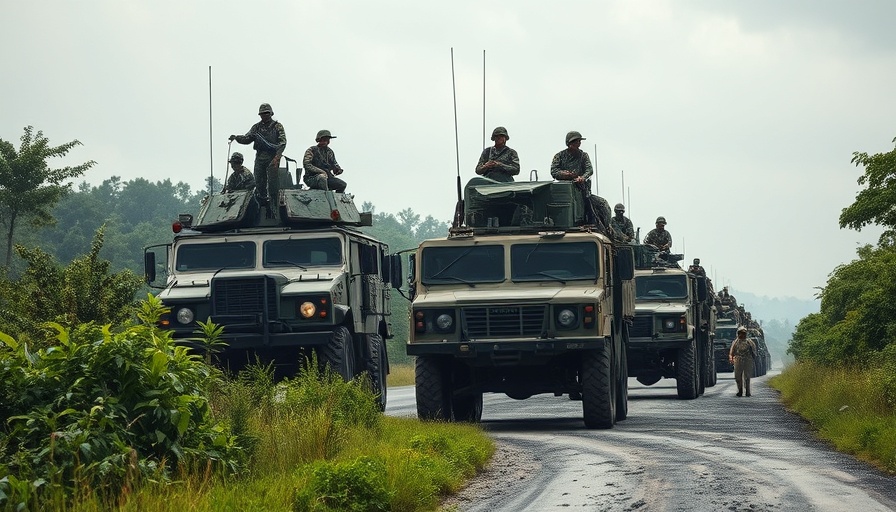
The Growing Demand for Calcium Carbide
The calcium carbide market is set to witness significant growth, propelled by the rising demand for acetylene as a crucial feedstock. This compound is essential in multiple industries, with applications ranging from welding and cutting to the production of chemicals. In recent years, the spotlight has focused on the increasing requirement for acetylene, especially within industrial sectors, reflecting a broader global trend.
Key Applications in Fertilizers and Steelmaking
Integral to the production of calcium cyanamide, fertilizers derived from calcium carbide are essential for boosting agricultural productivity. Particularly in developing nations, increased agricultural demands underscore calcium carbide’s importance. Furthermore, in steelmaking, its role as a deoxidizing agent contributes to ferroalloys production, making it invaluable in construction and heavy industries.
Environmental Implications and Future Trends
While the market's trajectory appears optimistic, the environmental impact of calcium carbide production cannot be overlooked. Growing concerns about greenhouse gas emissions and resource management are leading companies to investigate more sustainable production practices. This shift is not just necessary for regulatory compliance, but can also serve as a competitive edge in a market increasingly defined by environmental accountability.
The Landscape of Market Growth
Projections indicate that the calcium carbide market will grow from approximately $3.38 billion in 2023 to $4.4 billion by 2032, reflecting a compound annual growth rate (CAGR) of about 2.99%. This anticipated growth signals robust industrial demand, particularly in the Asia-Pacific region, where countries like China and India dominate consumption patterns. However, regions such as Europe and North America are also beginning to display higher engagement with calcium carbide, marking an interesting shift in global consumption.
Economic Impacts and Market Players
Key players in the calcium carbide segment include Yunnan Calcium Carbide, Jilin Yinguang Chemical Industry, and several others contributing to the market's competitive landscape. Monitoring how these companies adapt to the changing demands for eco-friendly practices will provide insights into broader market trends and economic implications.
Conclusion: The Future of Calcium Carbide
The calcium carbide market is poised for migration towards sustainable practices amid growth expectations and evolving consumer demands. Keeping a close watch on how environmental regulations shape production processes will be essential for stakeholders across various industries as they navigate this evolving economic landscape. Being flexible in adapting to these trends will determine how well companies thrive in this competitive environment.
 Add Row
Add Row  Add
Add 




Write A Comment